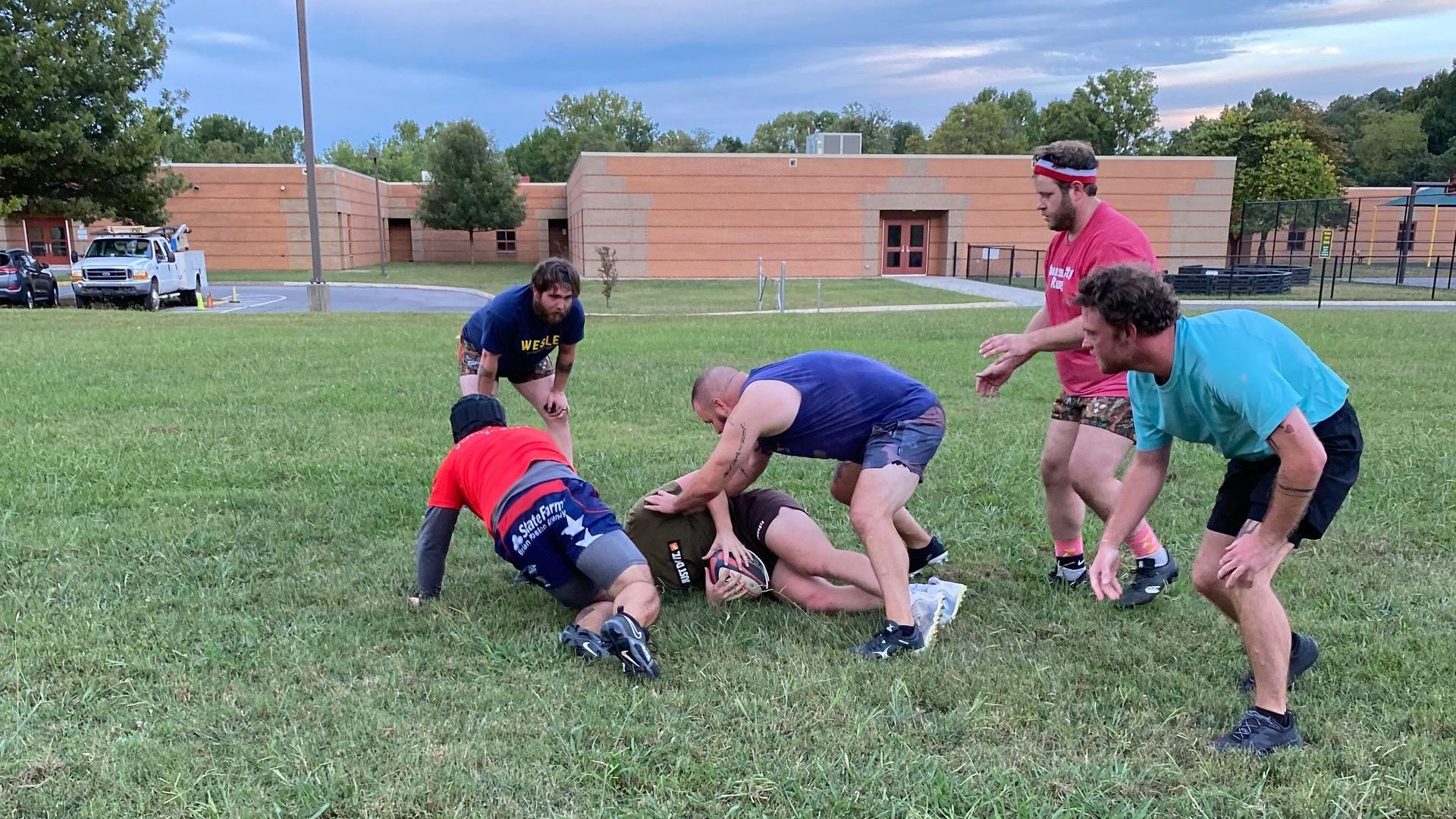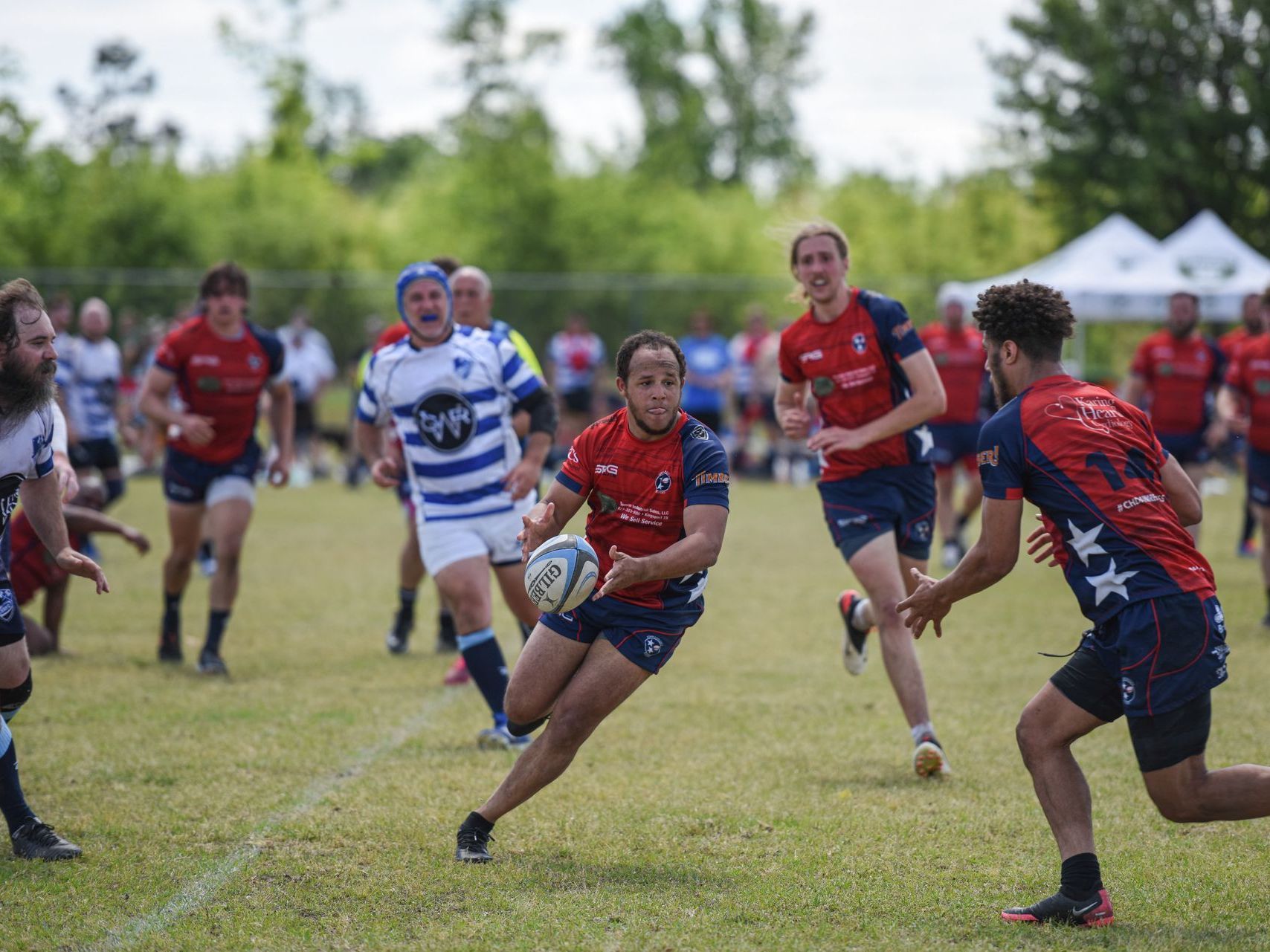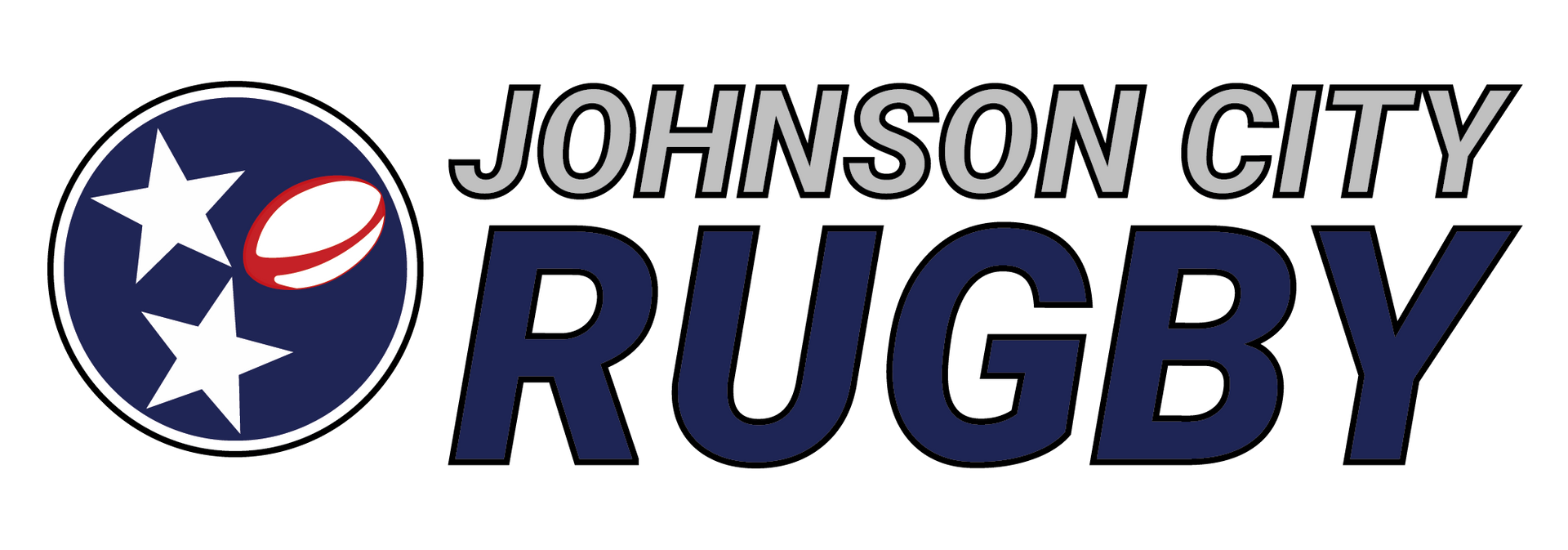Elevating Performance: 9/3 & 9/5 Practice Recap
Adam Jasenak • September 6, 2024
A Powerful Week of Practice.

At this week’s practice, the team sharpened its focus on one critical goal: dominate the contact area. With every drill and every tackle, we worked on the fundamentals that make all the difference when it’s time to compete—safety and precision. Our focus went toward mastering the art of tackling and setting rucks to maintain possession, driving us closer to victory.
Safety and Strength in the Contact Zone
Maintaining possession is about more than raw power—it’s about precision, awareness, and control. This week, we drilled deep into safe tackling techniques and the strategy behind setting strong rucks, ensuring we hold onto the ball and the advantage.
Every player brought their best, but Andy Slagle set the tone with unmatched intensity. His drive pushed the team to elevate their performance in every contact drill. Kyle Smith also stood out, constantly motivating others to push their limits, showing the strength of leadership and teamwork in action.
Goal-Driven Training
Our primary goal this week was clear: to bring full effort into the contact area. Every ruck, every tackle mattered. And while our focus was on technique, the real progress came from the relentless commitment to improvement.
Why This Matters to You
We are not just a team—we are a community built on effort, strength, and growth. Each practice is an opportunity to push yourself, to learn, and to grow alongside teammates who demand the best from one another. If you’ve been thinking about stepping onto the field, now is your time. Our practices are where potential is unlocked and excellence is refined.
Join the Movement
Curious about what it takes to be part of this journey? It starts with showing up. Whether you’re new to rugby or looking to refine your skills, our practice sessions are designed to challenge and inspire. The energy, the camaraderie, the relentless pursuit of greatness—it’s all here. And we want you to be a part of it.
Next Steps: Get on the Field
The momentum is building, and it’s all leading to something unstoppable. Join us at our next practice, step up to the challenge, and see what you’re capable of. Your potential is waiting to be unleashed.
Play Rugby
Practice Times
Tuesday: 6:00pm - 8:00pm
Thursday: 6:00pm - 8:00pm
Games
Saturdays

This summer, Johnson City Rugby is hosting Wagon Wheel 10’s, a fast-paced 10-a-side tournament featuring men’s and women’s brackets. Teams from across the region will take the field, bringing strong competition and high-energy play. The tournament will take place at: Woodland Elementary 2303 Indian Ridge Rd, Johnson City, TN 37604 Registration is open, and teams are locking in their spots.

As Johnson City Rugby gears up for another promising year, two pillars of leadership, Andy Slagle and Adam Jasenak, continue to shape the team’s future with their unwavering commitment and vision. Their passion and dedication are the driving forces behind the success and growth of the club, both on and off the field.









